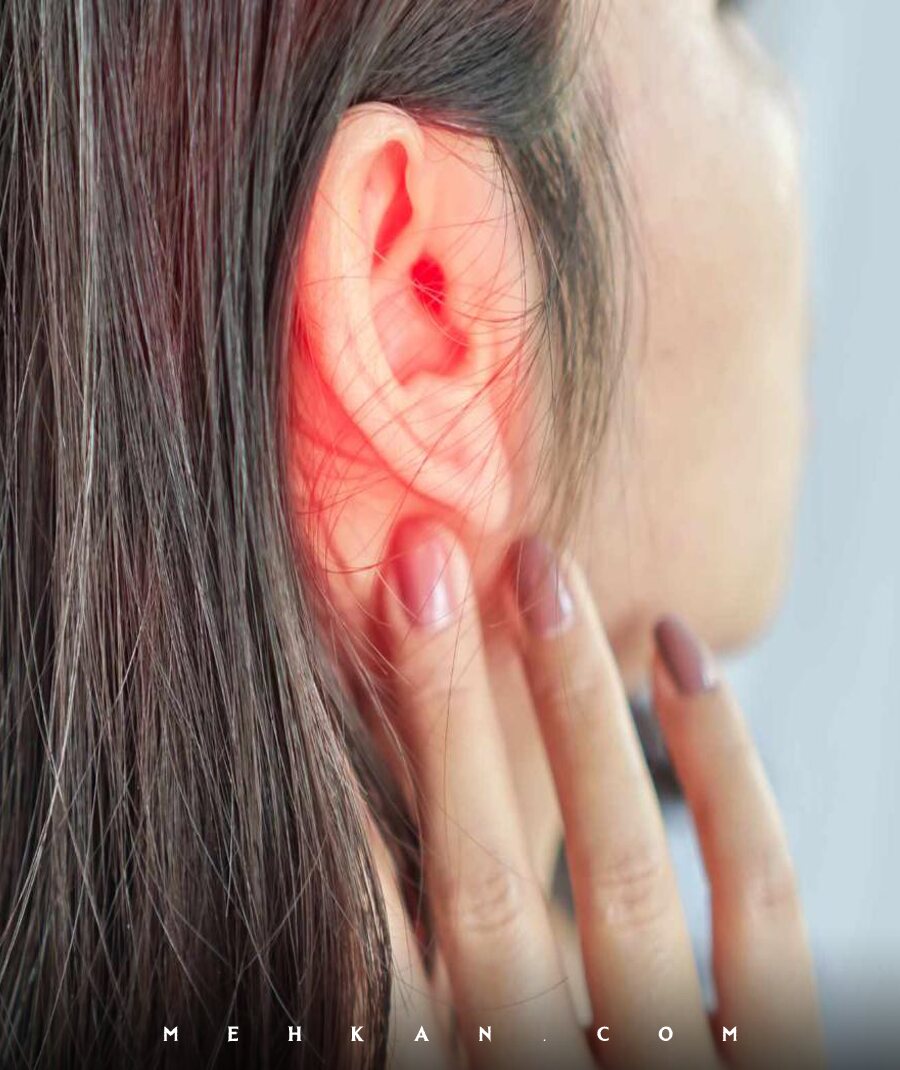
03 Aug Comprehensive Guide to Ear Infections: Causes, Symptoms, and Treatments
Introduction
Welcome to our comprehensive guide on ear infections. As a leading authority in healthcare and medical information, we aim to provide you with the most detailed and reliable information on ear infections. Our goal is to help you understand the causes, symptoms, and treatments of this common condition, allowing you to make informed decisions about your health.
Understanding Ear Infections
Ear infections, also known as otitis media, occur when the middle ear becomes inflamed due to bacterial or viral infections. This condition can affect people of all ages but is most commonly observed in young children. The infection typically occurs after a cold, flu, or upper respiratory tract infection, which leads to the accumulation of fluid in the middle ear.
Types of Ear Infections
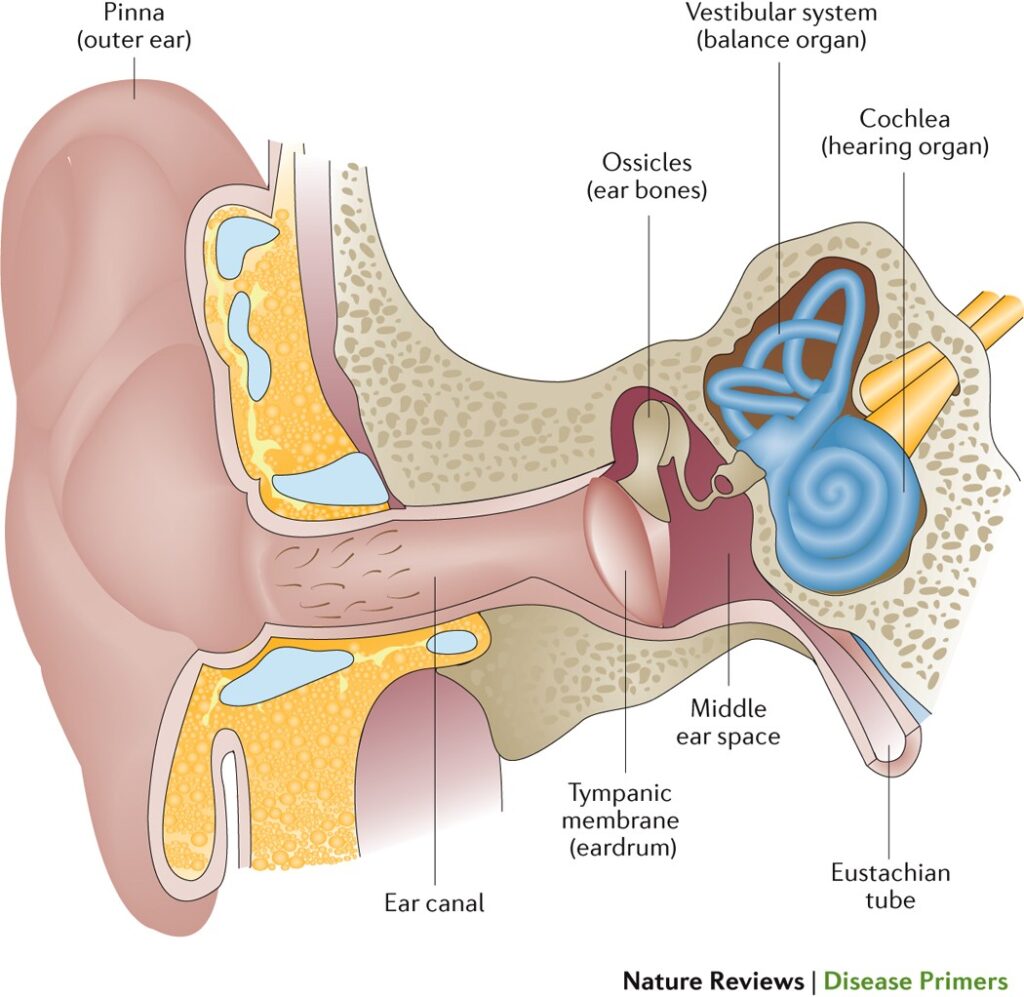
There are two main types of ear infections:
Acute Otitis Media (AOM):
This is the most common type of ear infection, characterized by a rapid onset of severe symptoms. AOM often causes ear pain, fever, and sometimes even hearing loss.
Otitis Media with Effusion (OME):
OME is a less severe form of ear infection where fluid accumulates in the middle ear without causing intense pain or fever. However, it can lead to temporary hearing difficulties.
Causes of Ear Infections
Ear infections are primarily caused by bacteria or viruses that enter the middle ear. Common culprits include Streptococcus pneumoniae, Haemophilus influenzae, and respiratory syncytial virus (RSV). The following factors can increase the risk of developing ear infections:
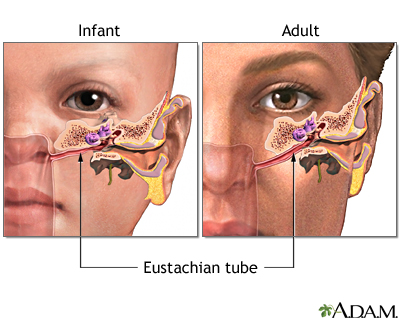
Age:
Young children have a higher risk due to their underdeveloped Eustachian tubes, which are responsible for draining fluid from the middle ear.
Seasonal Changes:
Ear infections are more prevalent during the colder months when respiratory infections are common.
Exposure to Smoke:
Secondhand smoke can irritate the Eustachian tubes, making them more susceptible to infections.
Family History:
Children with a family history of ear infections may be more prone to experiencing them.
Symptoms of Ear Infections
Recognizing the symptoms of an ear infection is crucial for timely diagnosis and treatment. Common symptoms include:
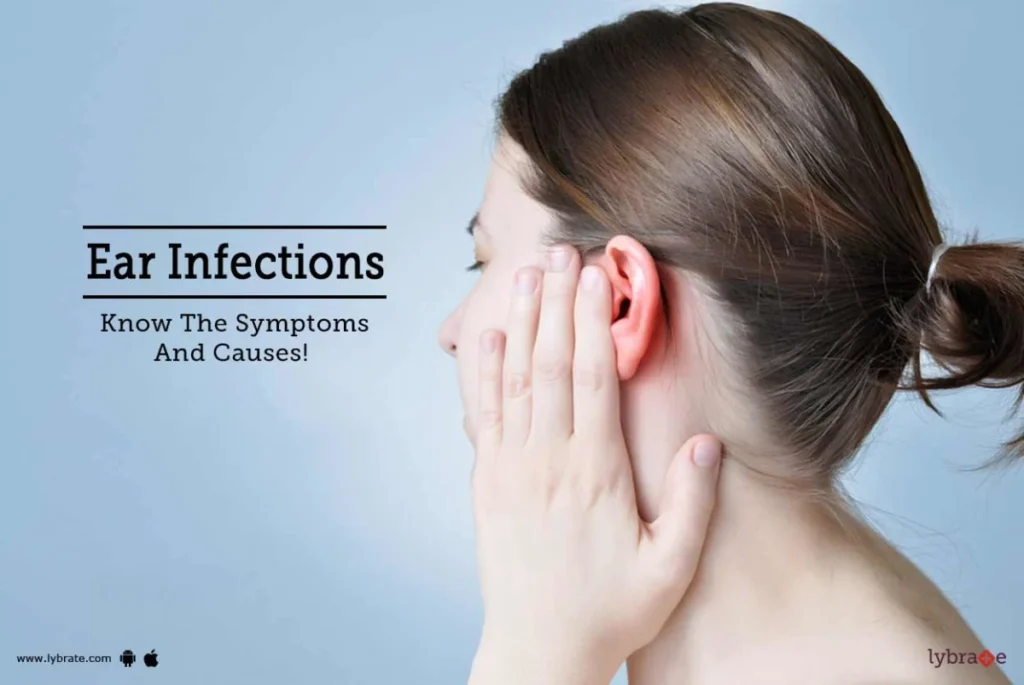
- Earache or sharp pain in the ear
- Fluid drainage from the ear
- Difficulty hearing or temporary hearing loss
- Irritability, especially in young children
- Fever and general discomfort
- Balance problems or dizziness
If you or your child experience any of these symptoms, it is essential to consult a healthcare professional for proper evaluation and management.
Diagnosis and Medical Evaluation
When you visit a healthcare provider with suspected ear infection symptoms, they will conduct a thorough examination. This may involve:

Otoscopy:
Using a special tool called an otoscope to examine the ear canal and eardrum for signs of infection or fluid buildup.
Tympanometry:
A test to measure the movement of the eardrum in response to air pressure changes. This helps assess the middle ear’s health and function.
Hearing Tests:
Conducted in cases of recurrent or chronic ear infections to evaluate hearing loss and its impact on speech development.
Treatment Options
The appropriate treatment for an ear infection depends on its severity and the age of the affected individual. Treatment options may include:
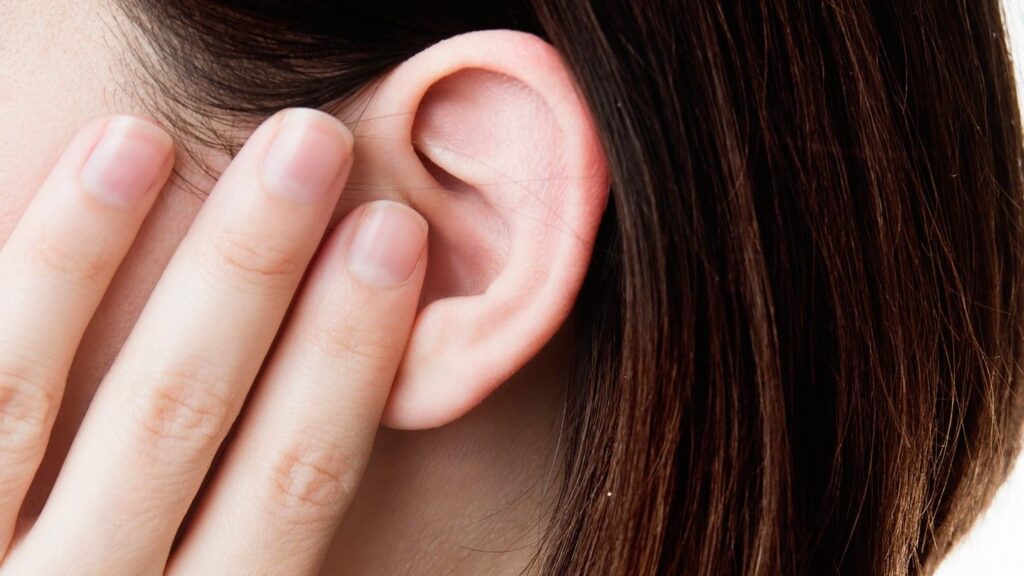
Observation:
In mild cases, especially with OME, the doctor may recommend a “wait-and-see” approach as ear infections can resolve on their own.
Pain Management:
Over-the-counter pain relievers such as acetaminophen or ibuprofen can help alleviate ear pain and reduce fever.
Antibiotics:
If the ear infection is bacterial, your healthcare provider may prescribe antibiotics to eliminate the infection. It is crucial to complete the full course of antibiotics as prescribed.
Tympanostomy Tubes:
In recurrent or chronic cases, especially in young children, the doctor may recommend surgically inserting tiny tubes through the eardrums to allow fluid drainage and prevent further infections.
Home Care:
Warm compresses, keeping the head elevated while sleeping, and using over-the-counter ear drops can offer relief and promote healing.
Preventive Measures
Preventing ear infections is possible by following some simple strategies:
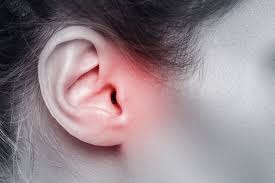
Immunizations:
Staying up-to-date with vaccinations can reduce the risk of infections that may lead to ear infections.
Avoiding Secondhand Smoke:
Minimize exposure to smoke, as it can irritate the Eustachian tubes.
Breastfeeding:
If possible, breastfeed infants, as it can help boost their immune system.
Frequent Hand washing:
Proper hand hygiene can prevent the spread of infections that may contribute to ear infections.
Avoiding Bottle Propping:
For infants, avoid propping bottles during feeding, as it can increase the risk of ear infections.
Home Remedies for Ear Infections

Warm Compress
A warm compress can provide soothing relief for ear pain. Take a clean cloth or towel, soak it in warm water, and wring out the excess water. Hold the warm compress against the affected ear for 5-10 minutes. The heat can help reduce inflammation and ease the pain.
Olive Oil Drops
Olive oil has natural antibacterial properties and can help soften earwax, which may be contributing to the infection. Warm a small amount of olive oil (but not too hot), and using a dropper, put a few drops into the affected ear while lying on your side. Stay in that position for a few minutes to allow the oil to penetrate the ear canal. Gently tilt your head to drain out the oil and any loosened wax.
Garlic Oil
Garlic has antimicrobial properties that can help combat infection. Crush a fresh garlic clove and mix it with a tablespoon of olive oil. Warm the mixture slightly and strain out the solid pieces. Once the garlic oil is at room temperature, put a few drops into the affected ear. Garlic oil can help alleviate pain and fight the infection.
Onion Poultice
Onions have anti-inflammatory properties and can help reduce earache and discomfort. Finely chop an onion and place it in a clean cloth or small pouch. Warm the pouch in the microwave for a short time, making sure it’s not too hot. Place the warm onion poultice against the affected ear for 10-15 minutes.
Chewing or Yawning
Chewing gum or yawning can help open the Eustachian tubes and equalize pressure in the ears. This can be particularly helpful during air travel or when dealing with pressure changes.
In Short
Ear infections can be a painful and uncomfortable condition, but with proper understanding and timely management, they can be effectively treated. We hope this comprehensive guide has provided you with valuable insights into the causes, symptoms, and treatments of ear infections. Remember, if you or your loved ones experience any concerning symptoms, seek medical attention promptly for appropriate care.





No Comments